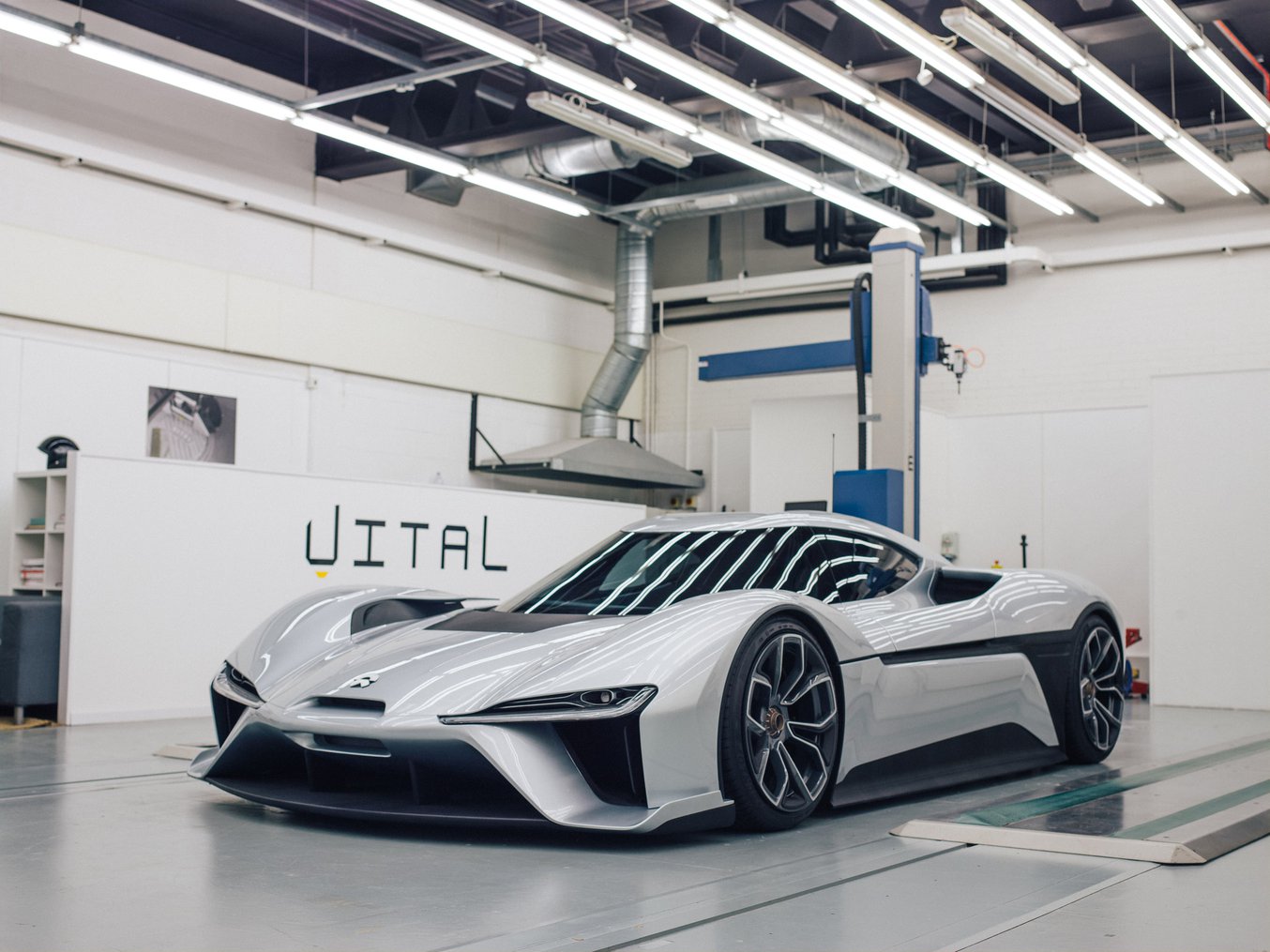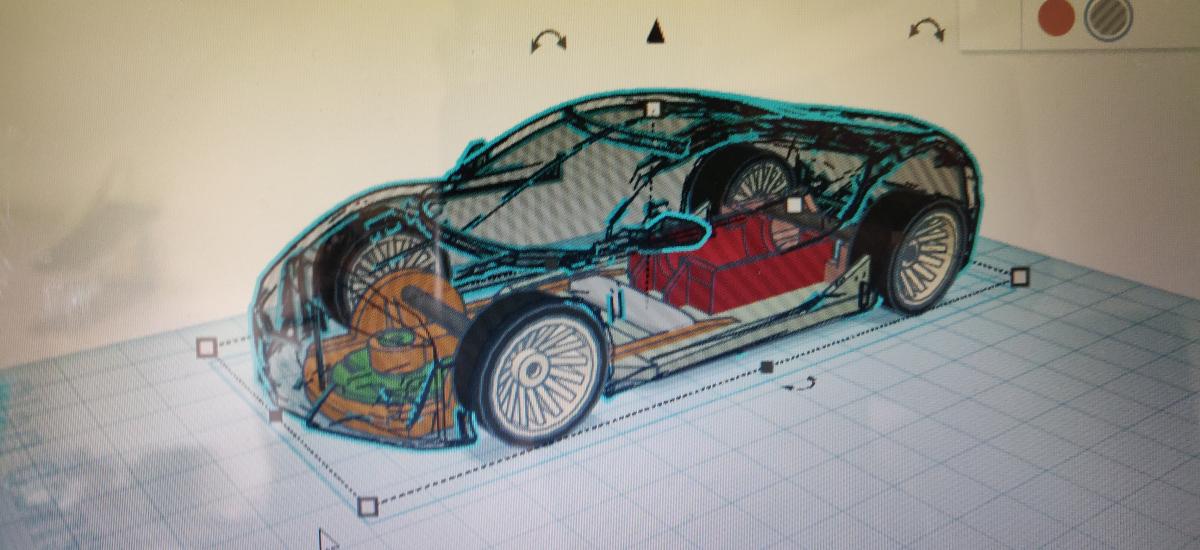
With the emergence of technology3D printing, Audi Sport positions itself at the forefront ofinnovation in the field of prototyping. By integrating this revolutionary method, the company optimizes the creation of templates and devices, making the design process not only faster, but also more precise. With this advancement, Audi Sport is able to significantly reduce prototyping times, while improving production efficiency.

Audi Sport is at the forefront of innovation by adopting 3D printing to revolutionize vehicle prototyping templates and devices. This technology not only significantly reduces design time, but also increases the flexibility and precision of components produced in-house. By integrating 3D printing into its processes, Audi Sport marks a significant step forward in the automotive sector, thus improving its production methods and the quality of its products.
Table of Contents
ToggleReduction of design times
Within the Audi Sport factory, 3D printing made it possible to reduce design time dramatically, reaching almost 90%. This technological advancement transforms the creative process by making it much faster and more efficient. Design teams can now produce prototypes in just a few hours, enabling innovation continuous and better responsiveness to market demands.
Manufacturing of tools and jigs
Audi Sport has produced up to 800 assemblies, templates and other tools using 3D printing. This is not limited to the manufacturing of prototypes, but also encompasses the production of templates and systems adapted to the specificities of each project. The ability to create custom tools using 3D printing machines such as those in the UltiMaker S series not only optimizes work processes, but also increases operational efficiency.
A state-of-the-art 3D printing room
To strengthen its capacity for innovation, Audi Sport has set up a meeting room3D printing entirely dedicated in its factory in Böllinger Höfe. This space is equipped with the latest printing technologies, allowing high-quality mass production. With this facility, production teams can easily design and test new tools without having to resort to traditional manufacturing processes, which are often time-consuming and costly.
Acceleration of component prototyping
As part of its commitment to innovation, Audi plans to use 3D printing to manufacture its taillights, with an anticipated reduction in prototyping times of up to 50%. This demonstrates the effectiveness of 3D printing in finding faster solutions while maintaining high quality standards. This ability to adapt is essential to remaining competitive in a constantly evolving automotive sector.
An approach focused on sustainability and innovation
Audi Sport has also integrated sustainable practices into its production process, using techniques such as space frame from Audi which combines recyclable materials, such as steel and aluminum. This approach highlights the brand’s commitment to innovation while minimizing its environmental impact. 3D printing fits perfectly into this vision, allowing not only efficient but also responsible production.
By adopting 3D printing, Audi Sport is implementing an innovation strategy that profoundly transforms its prototyping methods, thus promoting more agile, precise and environmentally friendly production. This dynamic of progress underlines the importance of technology in the contemporary automotive sector and positions Audi Sport as a leader in this field.
- Technology : 3D printing of templates and devices
- Revolution : Optimized production system
- Save time : Reduced design time by 90%
- Production volume : Up to 800 tools created in-house
- Equipment : UltiMaker S 3D printers
- Prototyping : Acceleration of design processes
- Application : Use for taillight production
- Innovation : New Concept Breathe seat design
- Additive manufacturing : First choice technique for production
- Vision : Audi Space Frame, recyclable steel and aluminum combination
📣 L’impression 3D ça vous parle ?
— Autodesk France (@AutodeskFrance) August 25, 2023
Souvent associée au plastique, elle se révèle être de plus en plus novatrice en termes de matériaux d’impression.
Découvrez les ici 👉 https://t.co/Gz1O29aGxX#Autodesk #PositiveImpact #DesignAndMake #MakeAnything pic.twitter.com/TxzuYVm7pW















